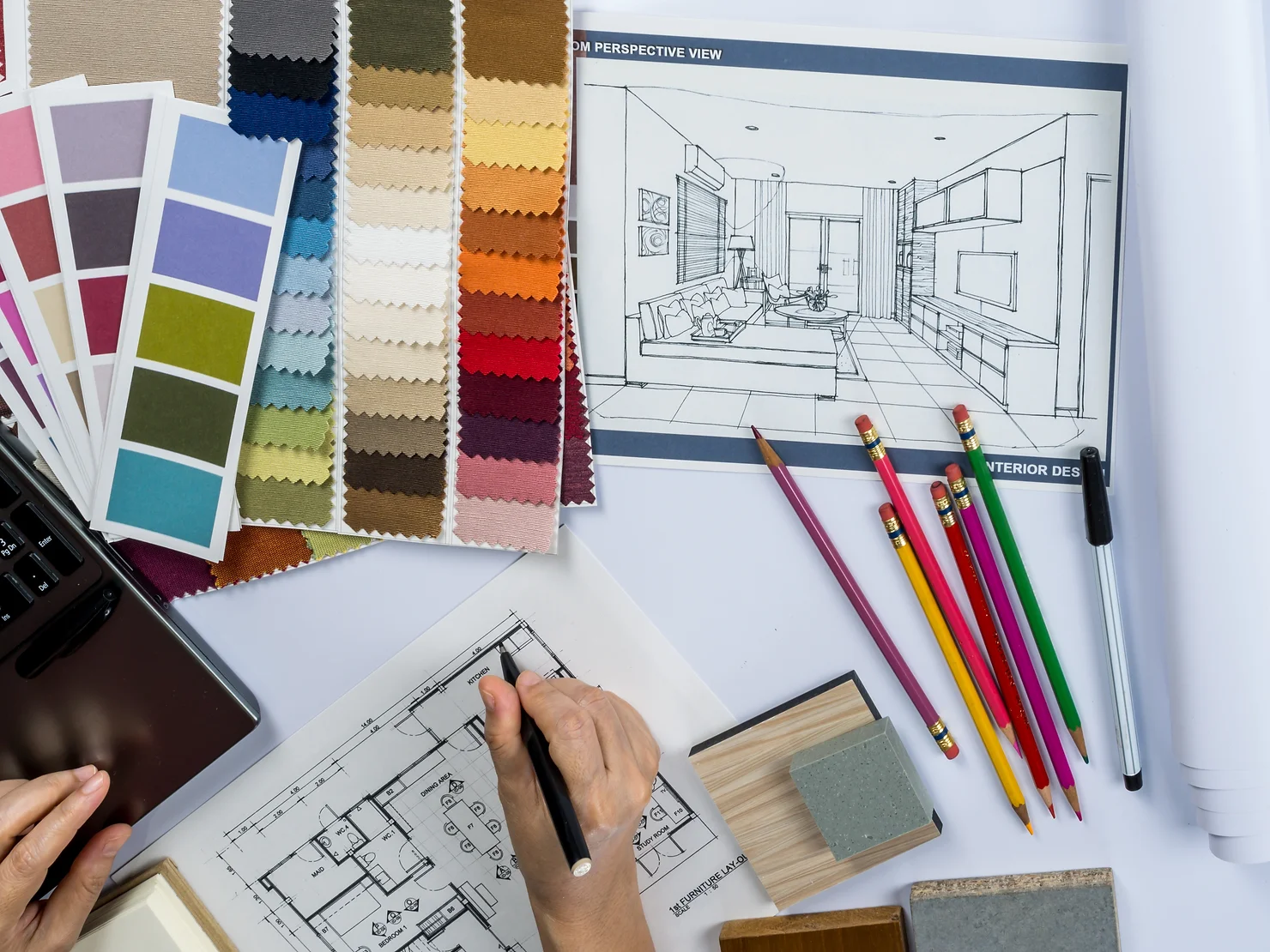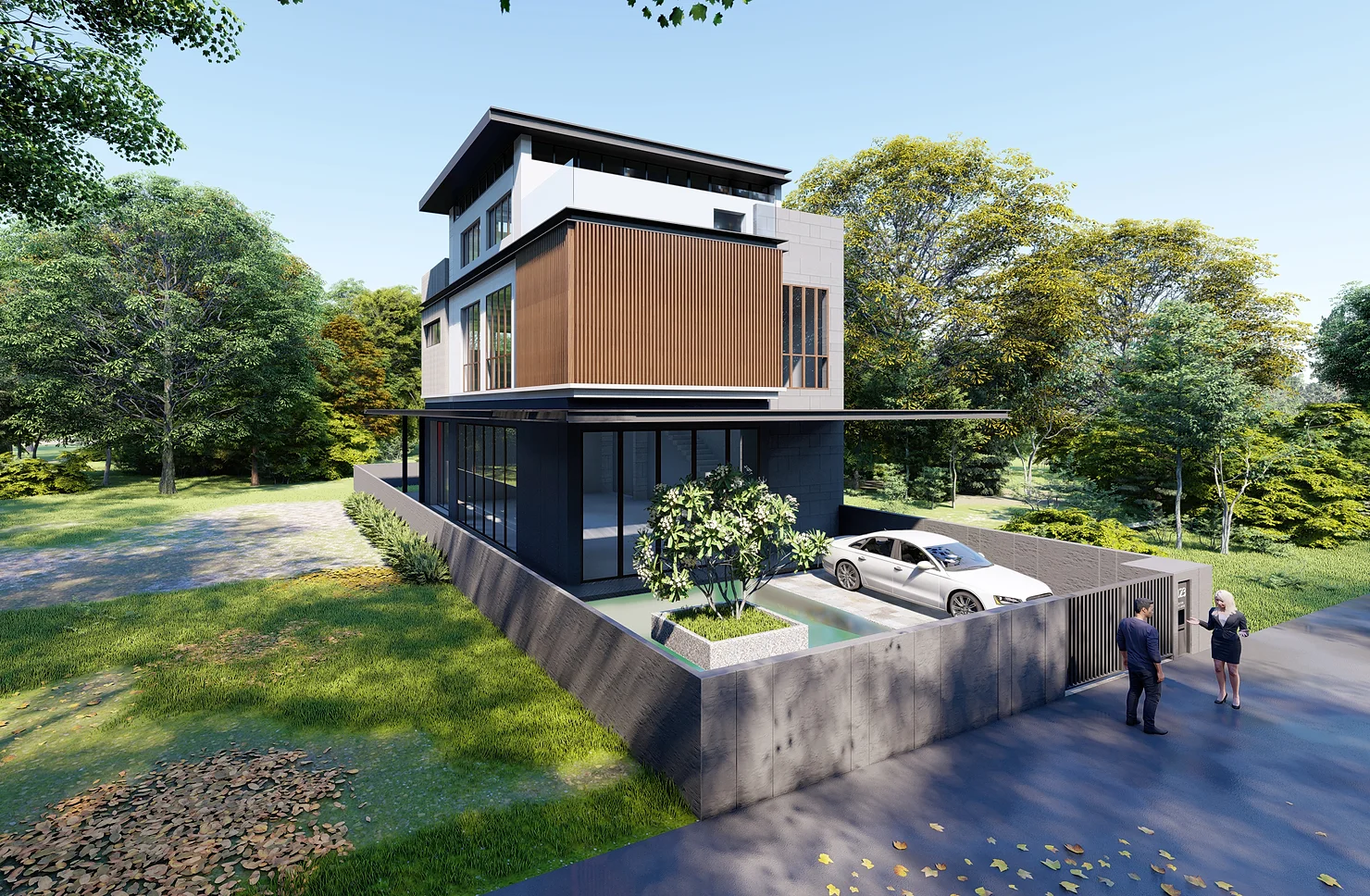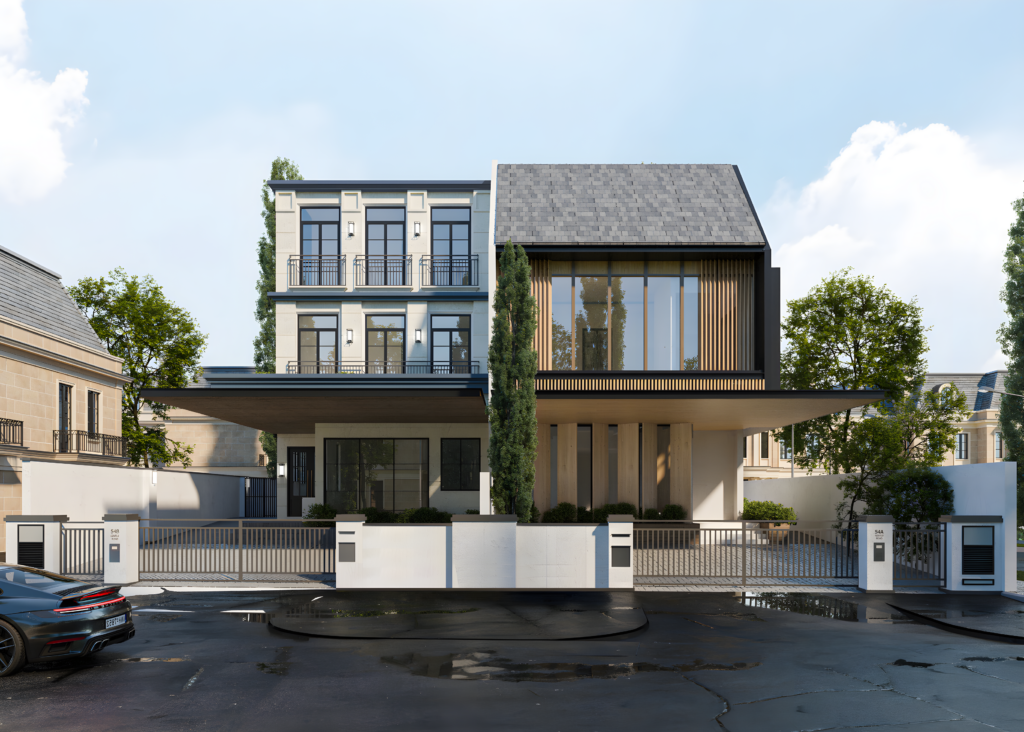
In our country, construction isn’t just about raising walls or filling skylines. It’s more like solving a puzzle, one that grows more complicated as the city pushes against its limits. Land is scarce, deadlines are non-negotiable, and the government’s commitment to sustainability leaves little room for error. It’s no surprise, then, that we witness a revolution in the design-build model in Singapore. This method, where architects and builders work as a single team, has begun to take over.
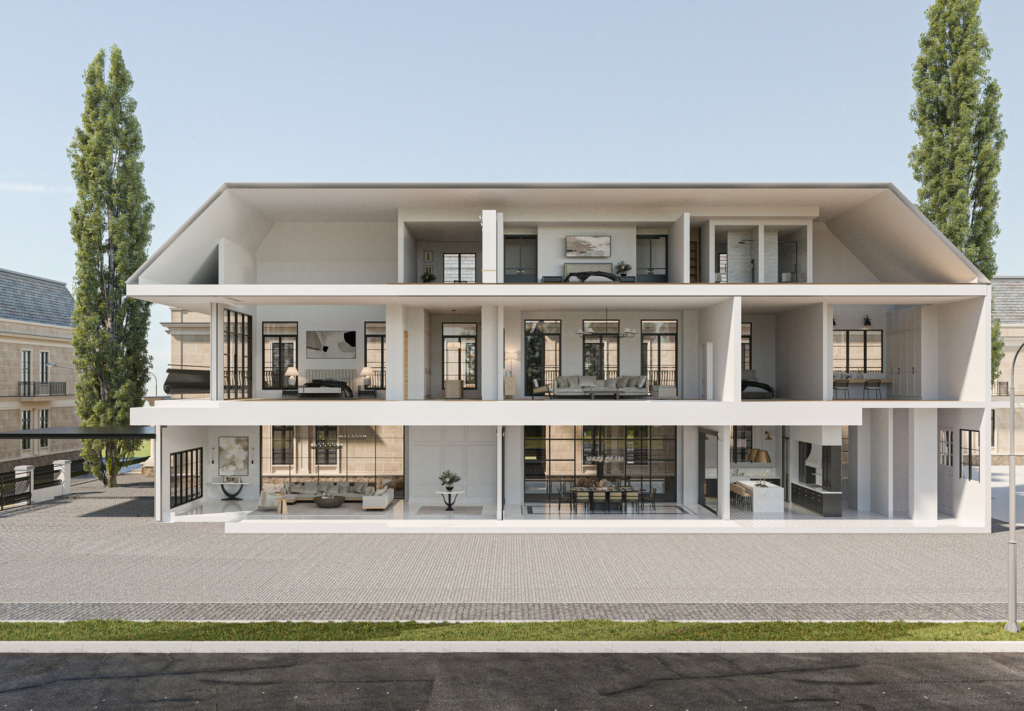
What Is the Design-Build Model in Singapore?
This approach isn’t new, but its rise in Singapore feels like a natural evolution. The old way—design-bid-build—carved construction into isolated phases. Architects dreamed, engineers calculated, and builders struggled to make it all work in practice.
Singapore’s skyline tells a story of ingenuity compressed into one of the most land-starved nations in the world. Each tower is a response to constraints—whether space, speed, or efficiency—magnified by local strict environmental goals. Still, in a city built on speed and precision, inefficiency isn’t just frustrating—it’s unaffordable.
When plans don’t match reality, projects stall while costs balloon. What’s worse, blame spreads like wildfire, with everyone pointing the finger at someone else. Design-build companies reject this fragmentation. Instead, this model brings everyone (planners, builders, and often the client) into one room to hash out ideas together from day one. It’s less about passing a baton and more about rowing in the same direction.
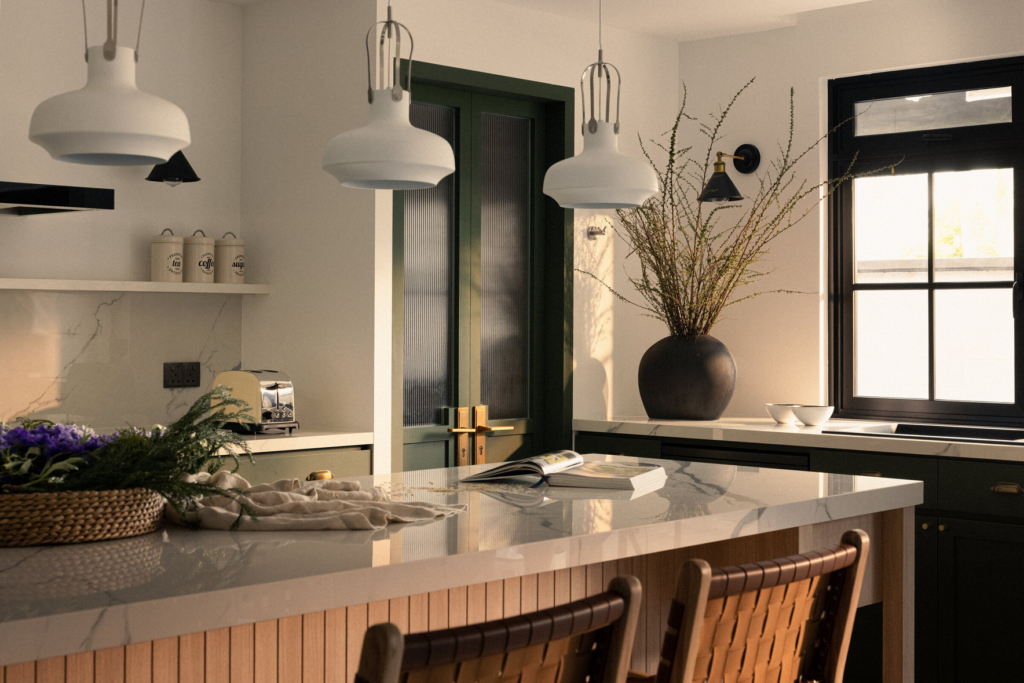
Why Singapore Needs Design-Build
One of the problems with delays rippling outward is also collateral impact which can affect everything from public transit schedules to housing availability. Hence the construction industry turned to models that fit its pace, and design-build in Singapore provides the cohesion to keep things moving. But the benefits go much deeper.
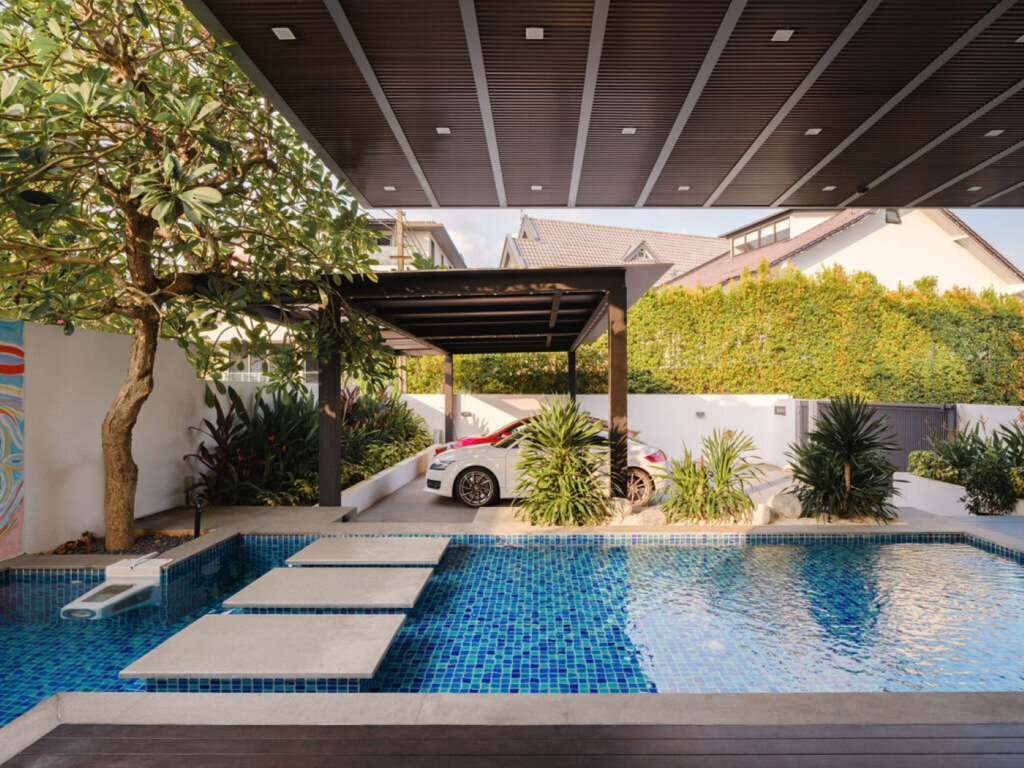
1. Saving Time, Reducing Chaos
Construction in Singapore is rarely straightforward. Sites are crammed into busy neighborhoods, and every step of the process, from digging foundations to final inspections, has to work around strict regulations and tight timelines. The design-build model has proven itself very advantageous here by cutting out the back-and-forth that often slows down traditional projects.
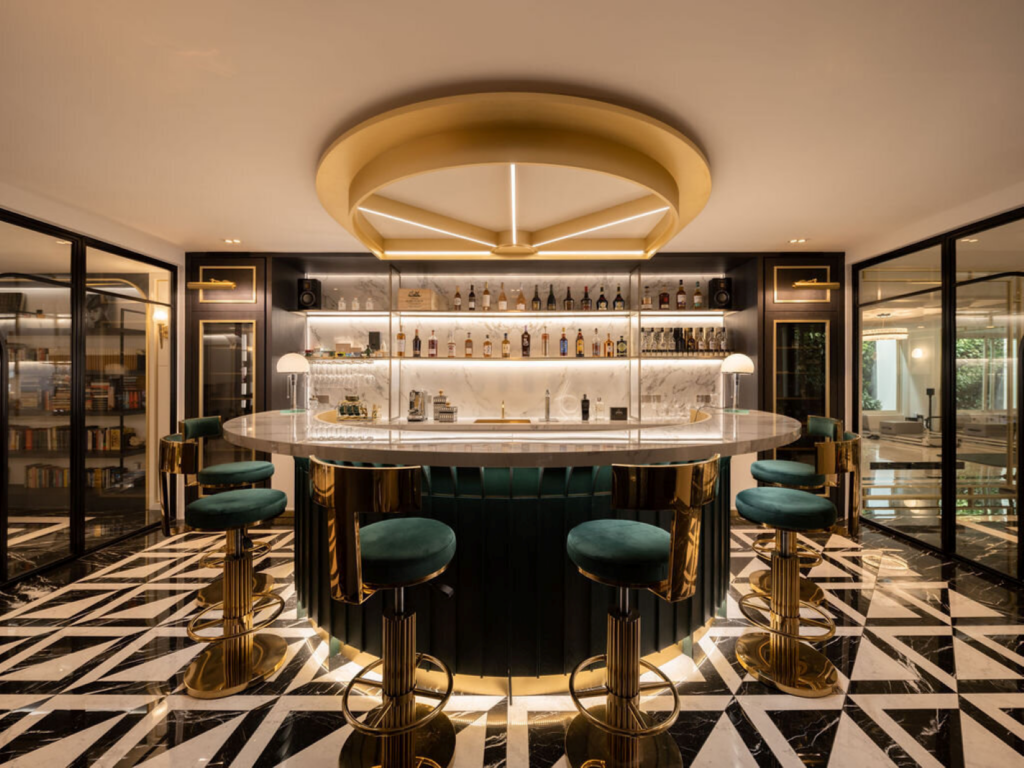
2. Clearer Accountability—Fewer Surprises
In traditional construction, when something goes wrong—and it always does—it’s rarely clear who’s responsible. Design flaws? That’s the architect. Structural issues? Probably the fault of the contractor. Delays? Could be either. Design-build, on the other hand, puts everything under one roof, thus eliminating these battles.
This matters in Singapore, where penalties for failing to meet deadlines or comply with regulations can be severe. Developers have no patience for finger-pointing when millions of dollars are on the line.
Take Marina Coastal Expressway as a good case in point here: this $5 billion project involving both underground tunnels and marine reclamation used an integrated team to manage its many moving parts. By consolidating accountability, they avoided the costly disputes that often derail megaprojects of this scale.
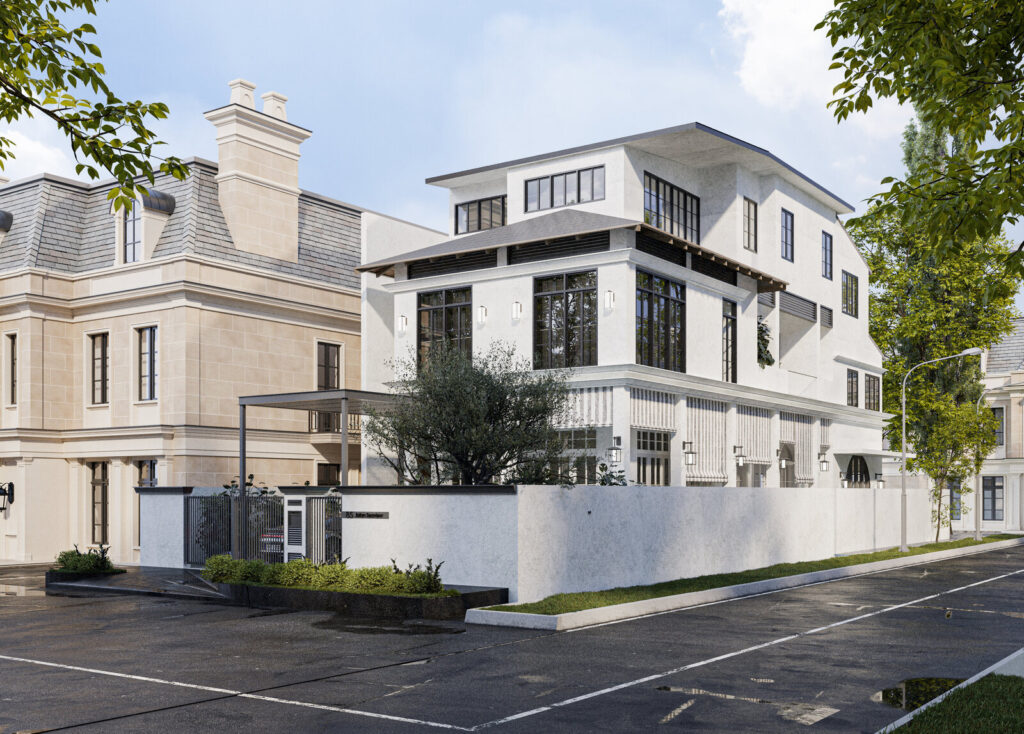
3. Built for Sustainability
Singapore’s green ambitions aren’t plain buzzwords. Developers must meet strict requirements under the BCA Green Mark Scheme, and every project is expected to contribute to the city’s sustainability goals. Design-build in Singapore makes these priorities easier to achieve by integrating them early. In other words, instead of retrofitting green features after designs are finalized, the team can bake them in from the start.
When it comes to residential projects, small design-build contractors offer something large firms often can’t: a deeply personalized approach. In a city like Singapore, where homes feel like escapes from the urban grind, this level of attention matters. Designer-builders don’t just deliver projects; they create living environments that fit the way people live, work, and unwind.
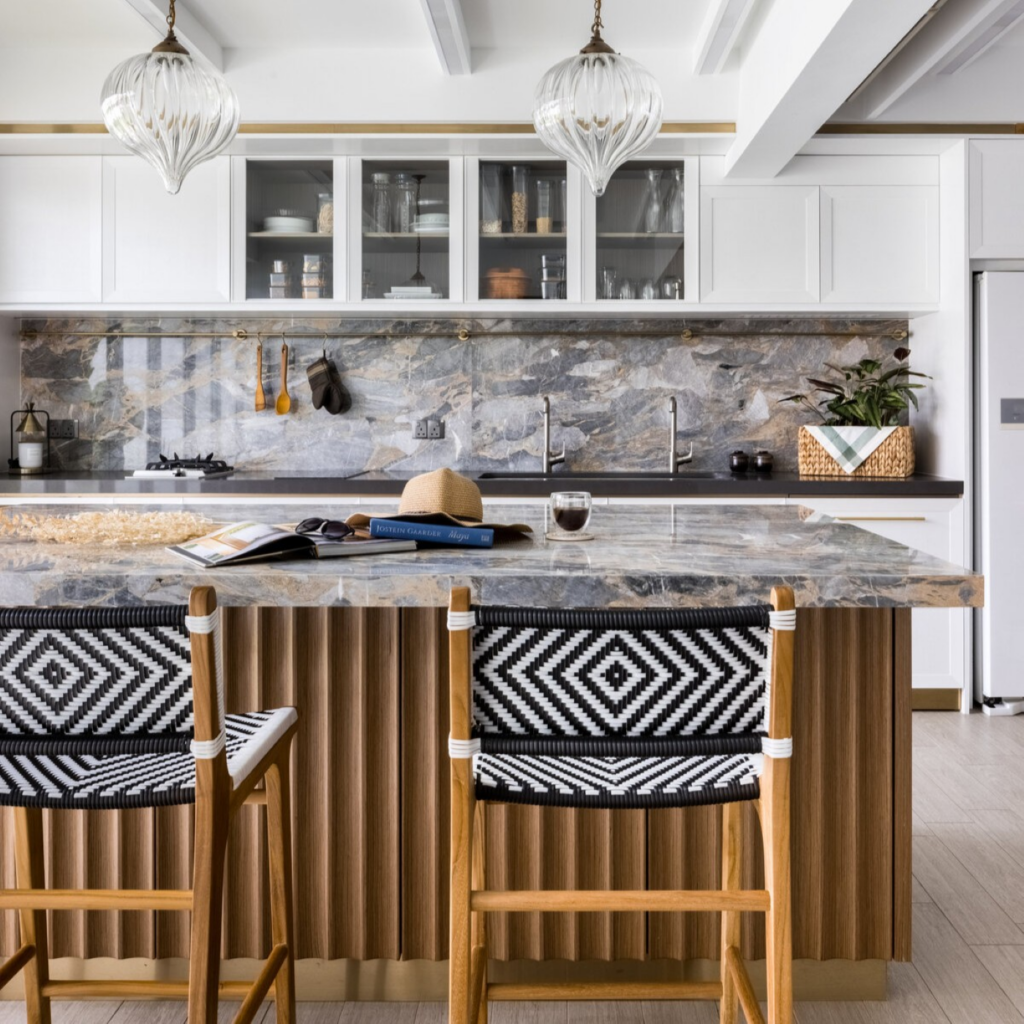
4. A Home Tailored to Your Life
Big firms tend to treat homes like products on an assembly line, following templates and adjusting only the basics. This is one of the areas where the model’s advantages, while not the most significant, show most prominently. A smaller design-build contractor works more like a tailor, fitting every detail to the specific needs of the client. A young couple needs a house suited to grow with a young family; another client wants a compact home that maximizes every square meter of a narrow lot. Then there is someone who plans additions or alterations of their house. A small design-build team can adapt to these nuances in ways that large, segmented teams simply can’t.
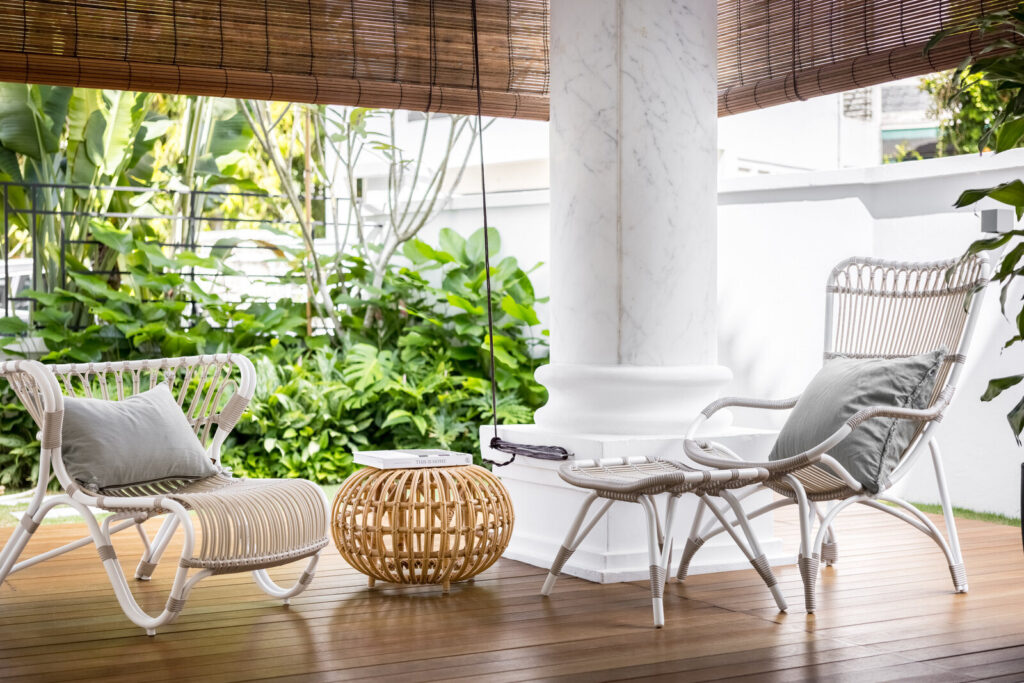
What Design-Build in Singapore Gets Right
Singapore’s adoption of the design-build model is part of a larger trend, but the city’s particular way of working has made the model remarkably effective here, and not only because the government’s hands-on role in urban development creates a kind of safety net. Strict regulations prevent the shortcuts or rushed decisions that might undermine a project’s quality, while due to public-private partnerships being so common, there’s a shared understanding that efficiency and accountability come first.
Even private developers are catching on. Mixed-use developments (buildings that combine housing, retail, and public space) have exploded in popularity, and their complexity makes them ideal for design-build teams. Companies no longer have to wait until the design phase is “done” to involve construction teams. Instead, builders weigh in on everything from materials to layouts, helping shape spaces that balance aesthetics, durability, and cost.
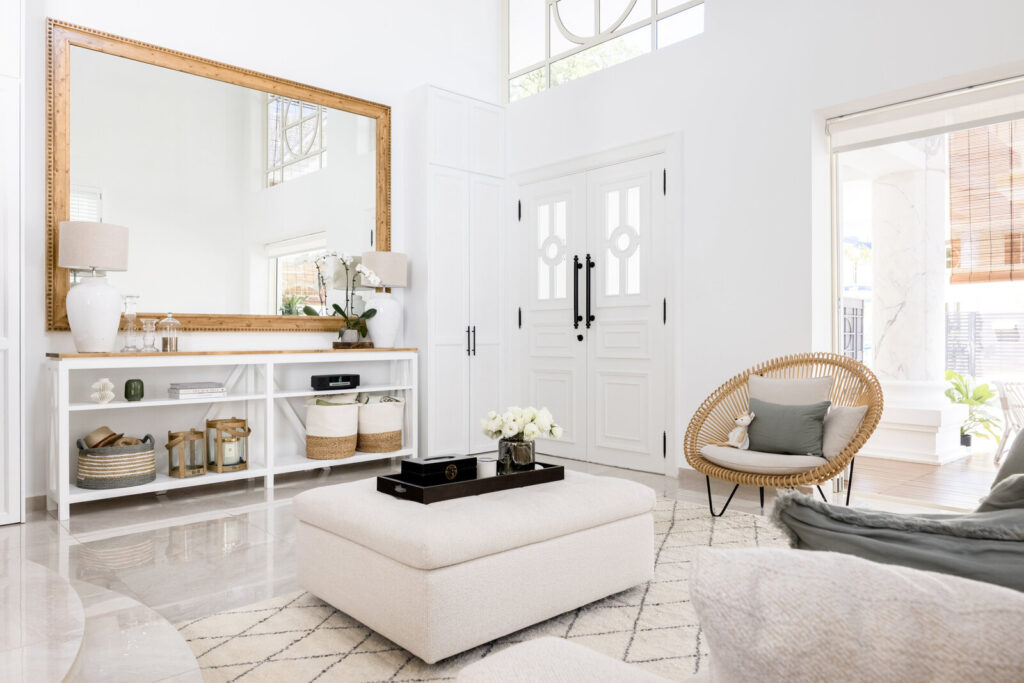
On the less shiny side, the design-build model in Singapore isn’t without its critics. Architects sometimes worry that giving builders a seat at the table might compromise creative freedom. The concern isn’t unfounded, as in the wrong hands efficiency can become an excuse for unimaginative design. However, Singapore’s strict oversight largely mitigates the anxiety over the model. A design-build project here isn’t a free-for-all. It’s a meticulously managed process where no detail—be it structural or aesthetic—goes unchecked.
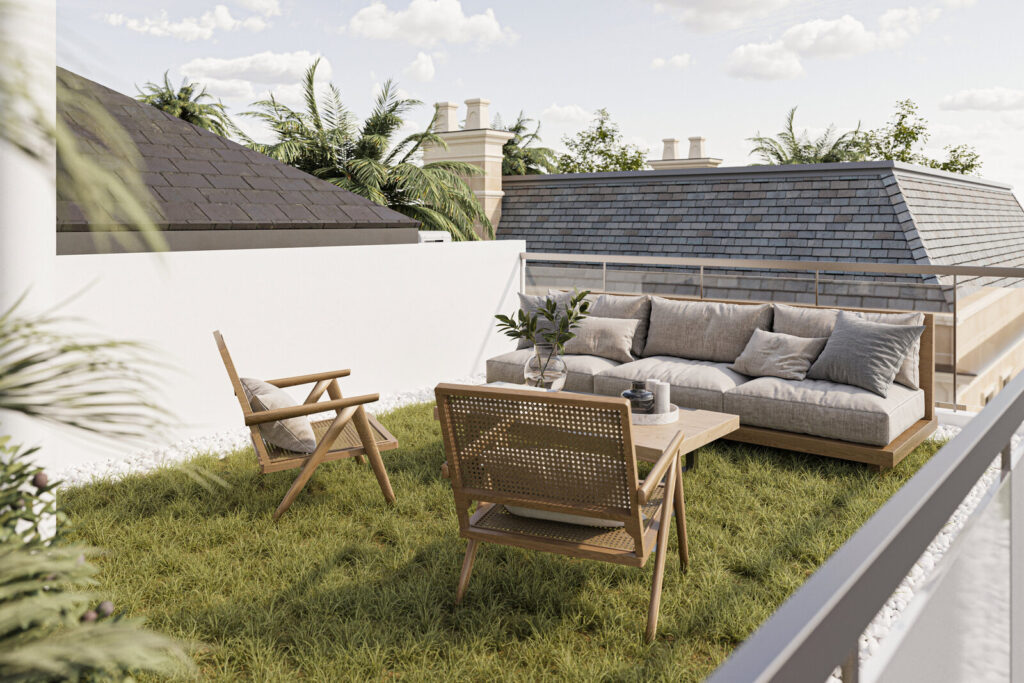
What’s Next for Design-Build in Singapore?
As Singapore moves toward its Construction Industry Transformation Map 2030, the design-build model will unavoidably play an even larger role. The government has been pushing modular construction, where prefabricated building components are assembled off-site, and this aligns perfectly with design-build’s emphasis on coordination.
The model also offers an edge for retrofitting older buildings—something Singapore will need to prioritize as it balances preservation with modernization. Retrofitting often means working around existing constraints, and having a unified team makes it easier to navigate surprises.
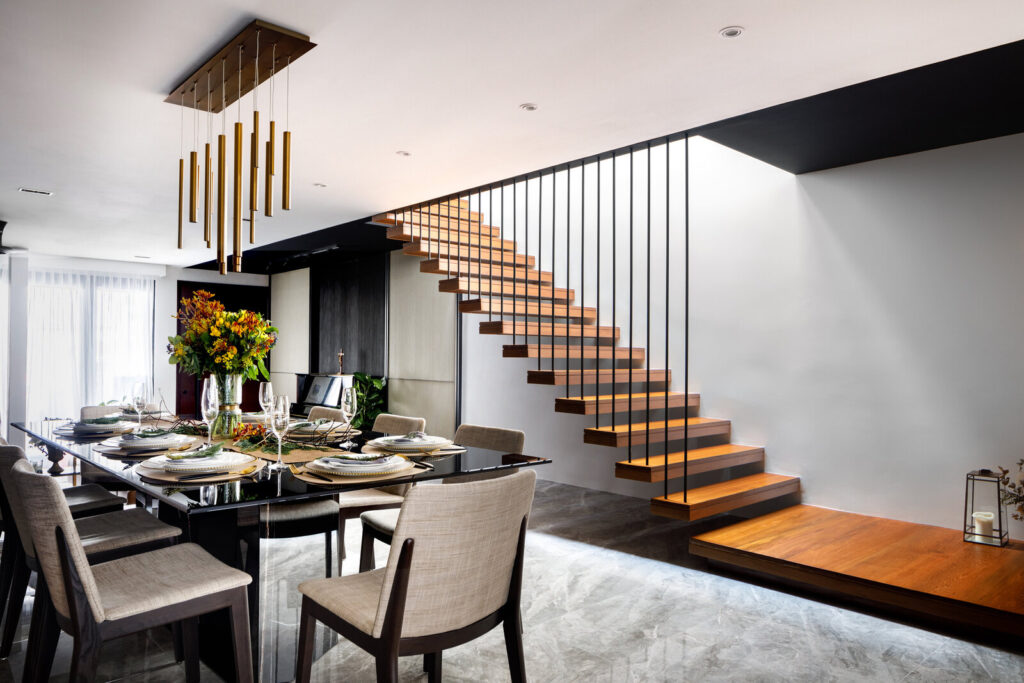
A Shift in Thinking
The rise of design-build in Singapore isn’t just about efficiency. As a way to reconsider how construction works, it breaks down the silos separating architects from builders, vision from reality. In a city where every project feels like a high-stakes puzzle, this kind of cohesion isn’t just practical. It’s rudimentary.
If you’re planning a residential development in Singapore—whether renovating a single-family home or building a boutique cluster of apartments—consider the advantages of hiring a design-build company. With a unified team working on your behalf, you’ll avoid the headaches of miscommunication, stay on schedule, and get the most out of your budget. Plus, the streamlined process ensures that the finished home aligns with your vision down to the finest detail.
Don’t leave your dream home to chance. Work with professionals who bring everything to the table, together from the start.
